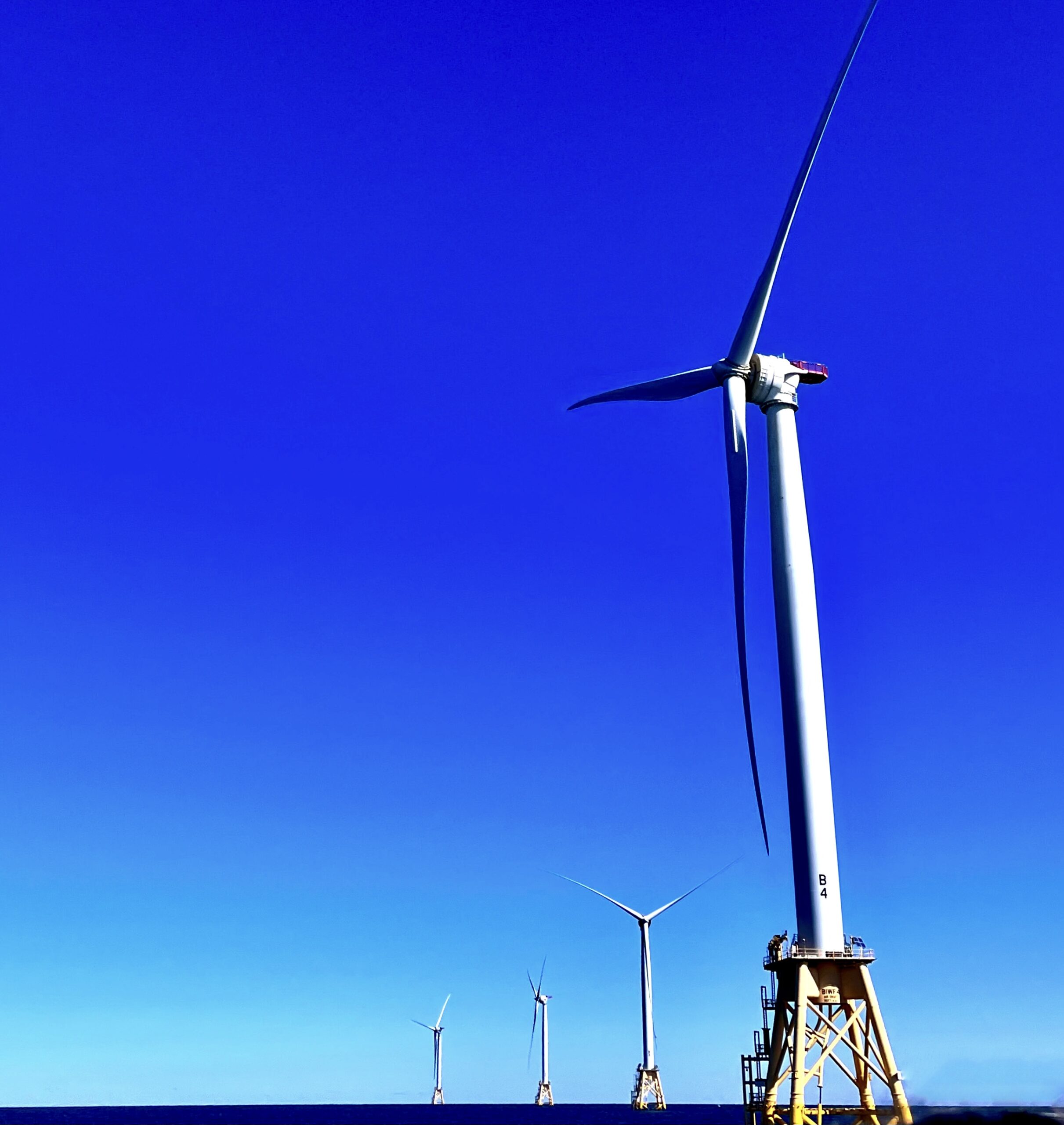The below op-ed was published in NJ Spotlight (click here for the original post).

The recent denial of a project only 2.8 nautical miles from Atlantic City was the right decision. The focus should be on developing projects well outside the sensitive coastal zone
Climate change is unarguably one of the biggest threats to people and wildlife in New Jersey and around the world. The science of climate change is clear — as well as the need to pursue cleaner energy sources, including significant investments in responsibly developed offshore wind power.
Fortunately, Gov. Phil Murphy and the Legislature agree on this and have taken bold steps to make New Jersey a national leader in developing this essential climate change solution. Earlier this year, the Legislature signed the governor’s 3,500-megawatt goal into law, creating the largest state offshore wind market in the country. The Board of Public Utilities is now moving forward with an aggressive procurement schedule, starting with accepting proposals for 1,100 megawatts — the single-largest offshore wind solicitation issued by any state.
Thanks to this unparalleled commitment, New Jersey is already attracting the substantial investment and transformational job creation opportunities this booming global industry can deliver.
New Jersey Audubon and National Wildlife Federation have applauded this visionary leadership by the Murphy administration, but our full-throated support of offshore wind development is not offered without condition. Offshore wind can and must be developed responsibly, in a way that minimizes potential impacts on our natural resources. This means avoiding siting projects in critical habitat areas, like the near-shore environment important for migrating and resident birds and threatened species like the Red Knot, and ensuring that strong requirements guide the development process every step of the way to protect marine wildlife like the endangered North Atlantic right whale.
Protect our natural resources
Thankfully, the Murphy administration continues to ensure that the nation’s boldest promise of offshore wind power is based on a firm foundation. Gov. Murphy underscored his commitment to responsible offshore wind development in Executive Order 8, where he directed the Board of Public Utilities to develop an Offshore Wind Strategic Plan focused on appropriate siting and protection of natural resources throughout the development process. These principles are essential ingredients for success in achieving the state’s laudable offshore wind power goals.
The Board of Public Utilities’ recent denial of the Nautilus offshore wind project, a 25 MW project located only 2.8 nautical miles from Atlantic City, was the right decision for New Jersey and sets us on a path to get to scale with projects that are protective of our valuable natural resources. While we have enthusiastically welcomed leadership from the Murphy administration to thoughtfully ramp up offshore wind power, we opposed this project and intervened before the Board of Public Utilities to ensure that impacts to wildlife were considered in this precedent-setting process. The Nautilus project just didn’t meet the high standards that have been set by the state to ensure New Jersey’s people and wildlife don’t pay too high a price — economic or environmental — as we develop this critically needed new clean-energy source.
Of greatest concern was the proximity of the Nautilus project to the shore, where it had the potential to significantly impact migrating and resident birds. It was clear from peer-reviewed and published data that this proposal violated known science-based recommendations to avoid building turbines in near-shore waters, inlets, and shoals in order to minimize risks to birds. Each fall, approximately 1 million waterbirds migrate within just four miles of New Jersey’s southern coast. Our studies along the Jersey Shore and in other areas of the eastern United States migratory “highway” found that many of these birds fly in great densities at heights that would put them at risk of interacting with turbines in this location.
Reduce the risk to birds and bats
According to research conducted by the New Jersey Department of Environmental Protection, turbines sited beyond seven miles from shore pose significantly less risk to birds and bats, and those risks decrease even more in locations much farther offshore. As a result of this and other studies, our organizations are among the strongest advocates for a responsible offshore wind program focused on siting projects in federal waters far offshore, outside the sensitive coastal zone.
New Jersey is a state blessed with an untapped, abundant renewable resource in the strong and steady winds off our coasts. We are also blessed with enormous biodiversity that our thriving ecotourism industry relies upon. We must protect all of our natural resources, especially wildlife, as we move swiftly to develop this important new energy opportunity. The Nautilus project simply didn’t meet this standard. We look forward to working with the Murphy administration and offshore wind developers to ensure projects that do meet this standard move forward to power New Jersey with this critical climate change solution.
Eric Stiles is president and CEO of New Jersey Audubon. Catherine Bowes is director of the National Wildlife Federation’s offshore wind program.
 Offshore Wind Energy
Offshore Wind Energy 

